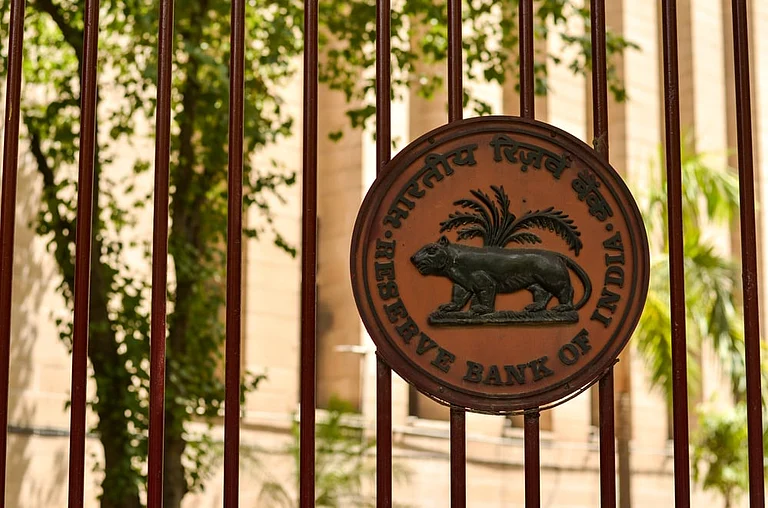MUDRA stands for “Micro Units Development and Refinance Agency”. Mudra is an initiative launched by the government of India to provide financial support to micro and small enterprises, particularly those in the unorganised or informal sector. The primary goal of the Mudra scheme is to promote entrepreneurship and generate employment by extending affordable and accessible credit to small businesses, startups, and individuals engaged in income-generating activities.
Key Features Of Mudra Loans Include:
Three Categories: MUDRA loans are categorized into three segments based on the loan amount to meet the diverse financing needs of micro and small businesses:
Shishu: Loans up to Rs 50,000
Kishore: Loans between Rs 50,001 and Rs 5 lakh
Tarun: Loans between Rs 5,00,001 and Rs 10 lakh
Collateral-Free Loans: Most MUDRA loans are offered without the need for collateral or security, making them accessible to those who lack assets to pledge.
Flexible Repayment Terms: MUDRA loans typically come with flexible repayment schedules that suit the borrower's income-generating activities.
Support For Various Sectors: MUDRA loans are extended to a wide range of sectors, including manufacturing, trading, and services, enabling entrepreneurs to start or expand their businesses.
Interest Rates: The interest rates on MUDRA loans can vary depending on the lending institution and the borrower's creditworthiness. However, the government has encouraged banks to offer these loans at affordable rates to promote financial inclusion.
Refinancing: MUDRA provides refinancing support to financial institutions that lend to micro and small businesses. This helps banks and microfinance institutions manage their portfolios effectively.
Employment Generation: One of the primary objectives of MUDRA is to create employment opportunities by supporting small businesses and startups, particularly in rural and semi-urban areas.
Financial Inclusion: MUDRA aims to bring the unbanked and underbanked population into the formal financial system by providing them with access to credit facilities.
To avail of a MUDRA loan, individuals and businesses can approach various banks, non-banking financial companies (NBFCs), and microfinance institutions that participate in the MUDRA Scheme. The application process typically involves submitting business plans, financial statements, and other necessary documents to the lending institution.
It's important to note that the availability and terms of MUDRA loans may change over time, so it's advisable to check with the relevant financial institutions or government sources for the most up-to-date information and eligibility criteria.
Activities That Fall Within The Scope Of Mudra Loans:
Food product industry
Vehicles for transporting both goods and passengers
Community, social, and personal service ventures
Financing for shopkeepers and traders
Textile product sector and related enterprises
Activities linked to agriculture
Micro Units benefiting from equipment finance schemes
How To Apply For a PM Mudra Loan
To apply for a MUDRA loan, you can follow these general steps:
Contact A MUDRA-Empaneled Lender: Approach a financial institution that is empaneled with MUDRA for providing MUDRA loans. These institutions include public sector banks, private banks, regional rural banks, cooperative banks, microfinance institutions, and NBFCs (Non-Banking Financial Companies).
Determine Eligibility: Check the eligibility criteria set by the chosen financial institution. While MUDRA loans are typically more accessible, specific requirements may vary from one lender to another.
Prepare Required Documents: Gather the necessary documents, which may include your business plan, identity proof, address proof, income proof, business vintage (if applicable), and any other documents required by the lender.
Fill Out The Application Form: Obtain the MUDRA loan application form from the lender and fill it out accurately. Ensure that you provide all the requested information and documentation.
Submit Your Application: Submit the completed application form along with the required documents to the chosen lender's branch or office. Make sure to keep a copy of your application and all submitted documents for your records.
Loan Processing And Approval: The lender will review your application and assess your eligibility and creditworthiness. This process may involve a field visit to verify the information provided in your application.
Loan Sanction: If your application is approved, the lender will sanction the loan amount based on your business needs and eligibility.
Loan Disbursement: Once the loan is sanctioned, the lender will disburse the funds to your bank account. Ensure that you have a bank account in the name of your business where the loan amount can be credited.
Utilize The Funds: Use the loan amount for the intended purpose, such as starting or expanding your business, purchasing equipment, working capital needs, etc.
Repayment: Repay the loan according to the terms and conditions specified by the lender. MUDRA loans often come with flexible repayment schedules tailored to the borrower's cash flow.
It's essential to note that while MUDRA loans aim to provide financial support to micro and small businesses, the specific application process and requirements may vary from one lending institution to another. Therefore, it's advisable to contact the chosen lender directly or visit their website to get detailed information on the application process, eligibility criteria, and the documentation required. Additionally, stay updated on any changes or updates to the MUDRA loan program by referring to official government sources or the MUDRA website.













